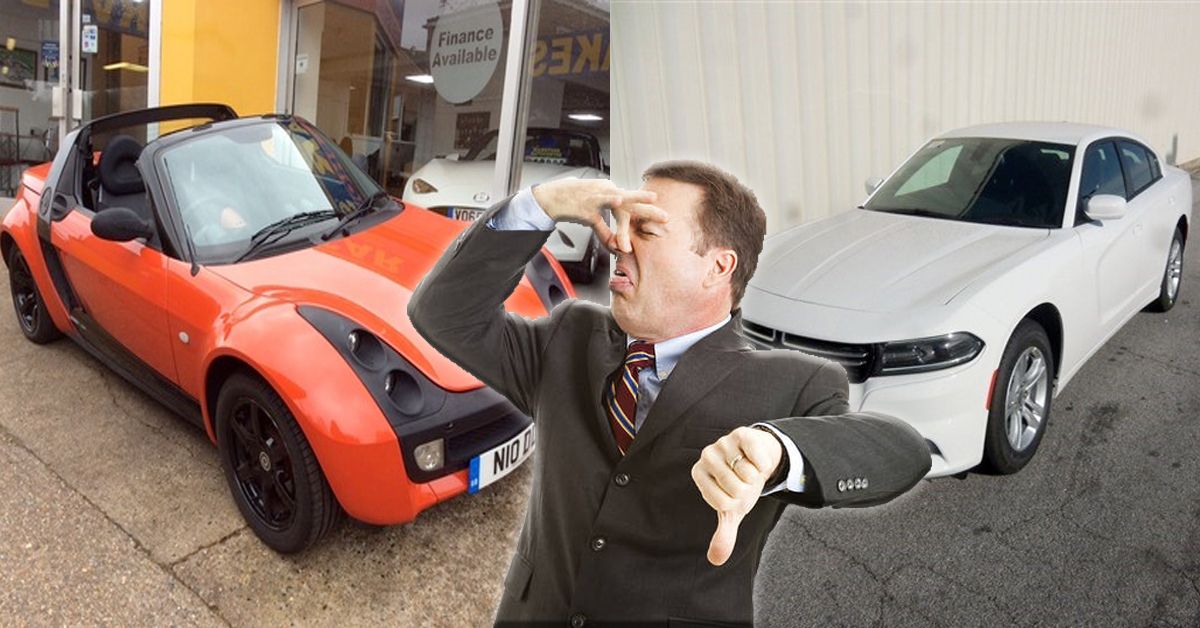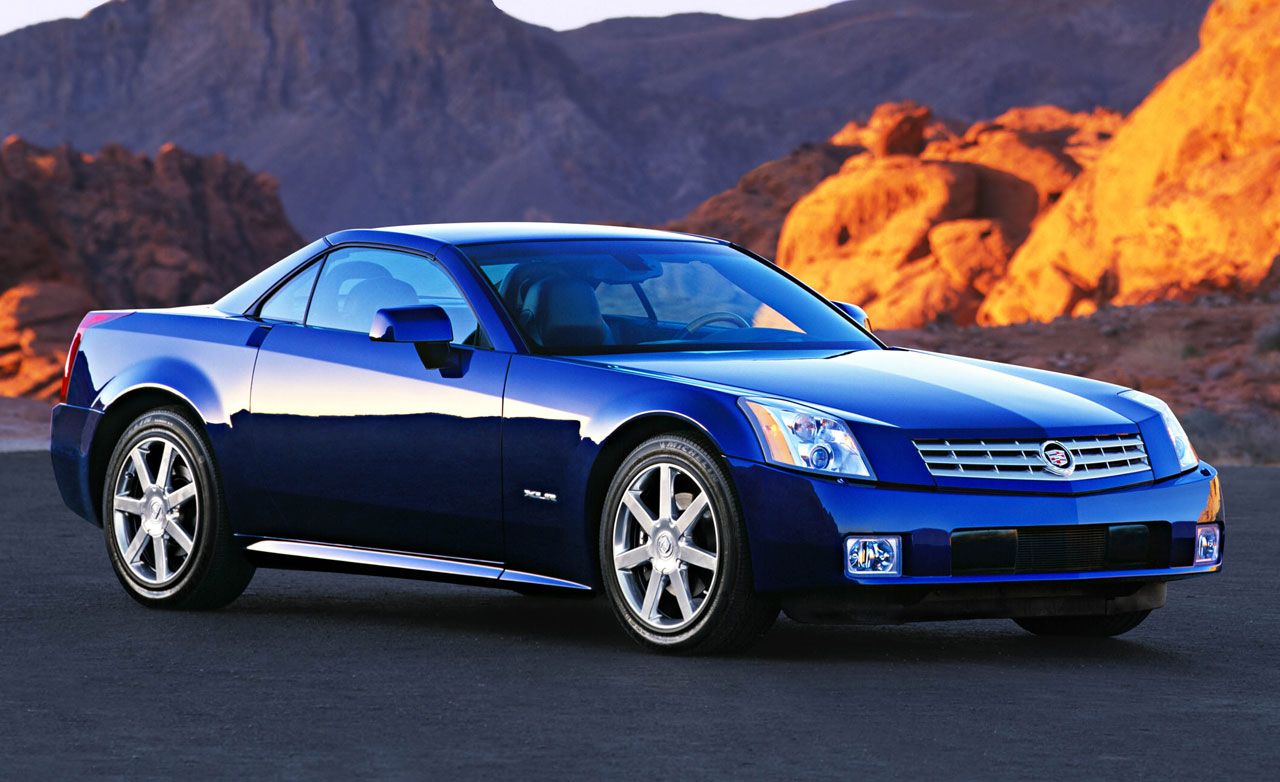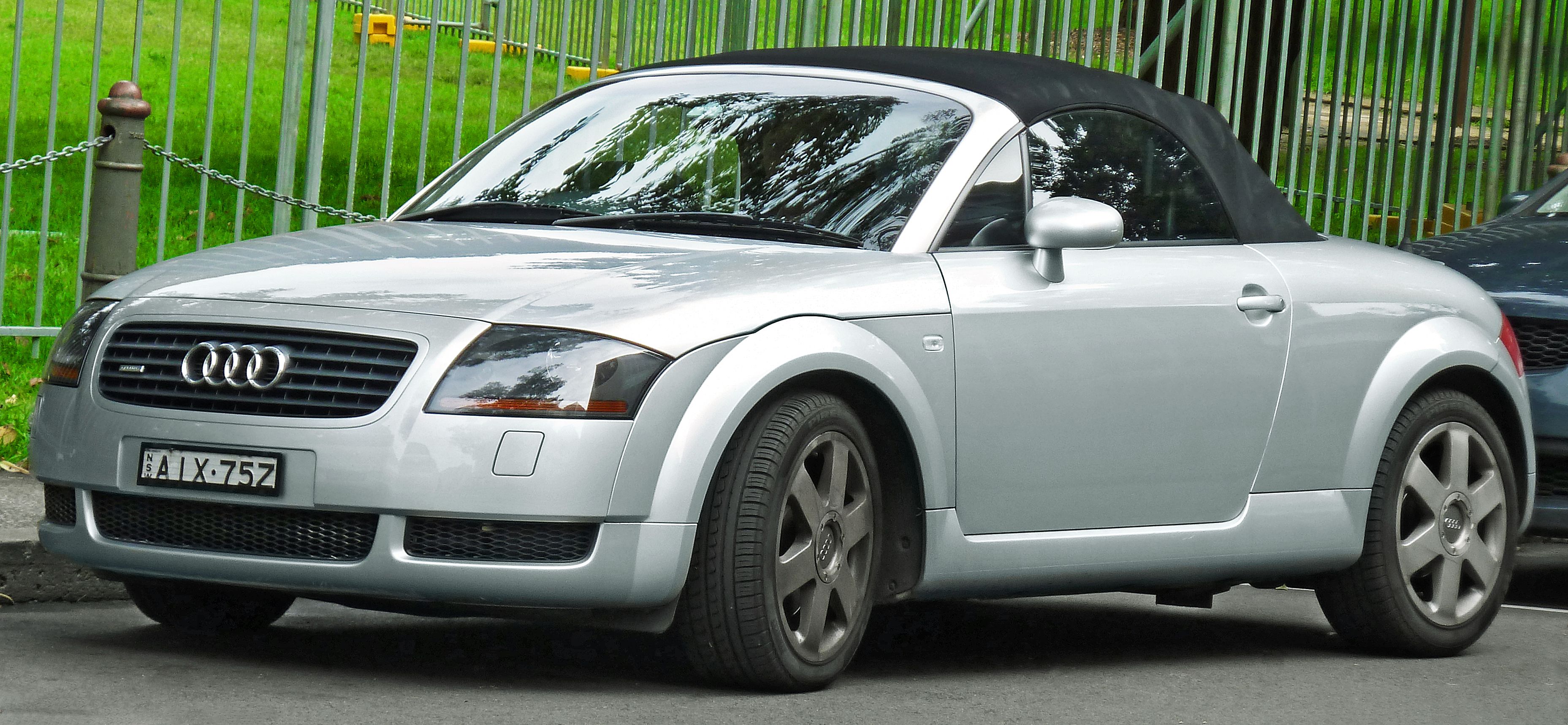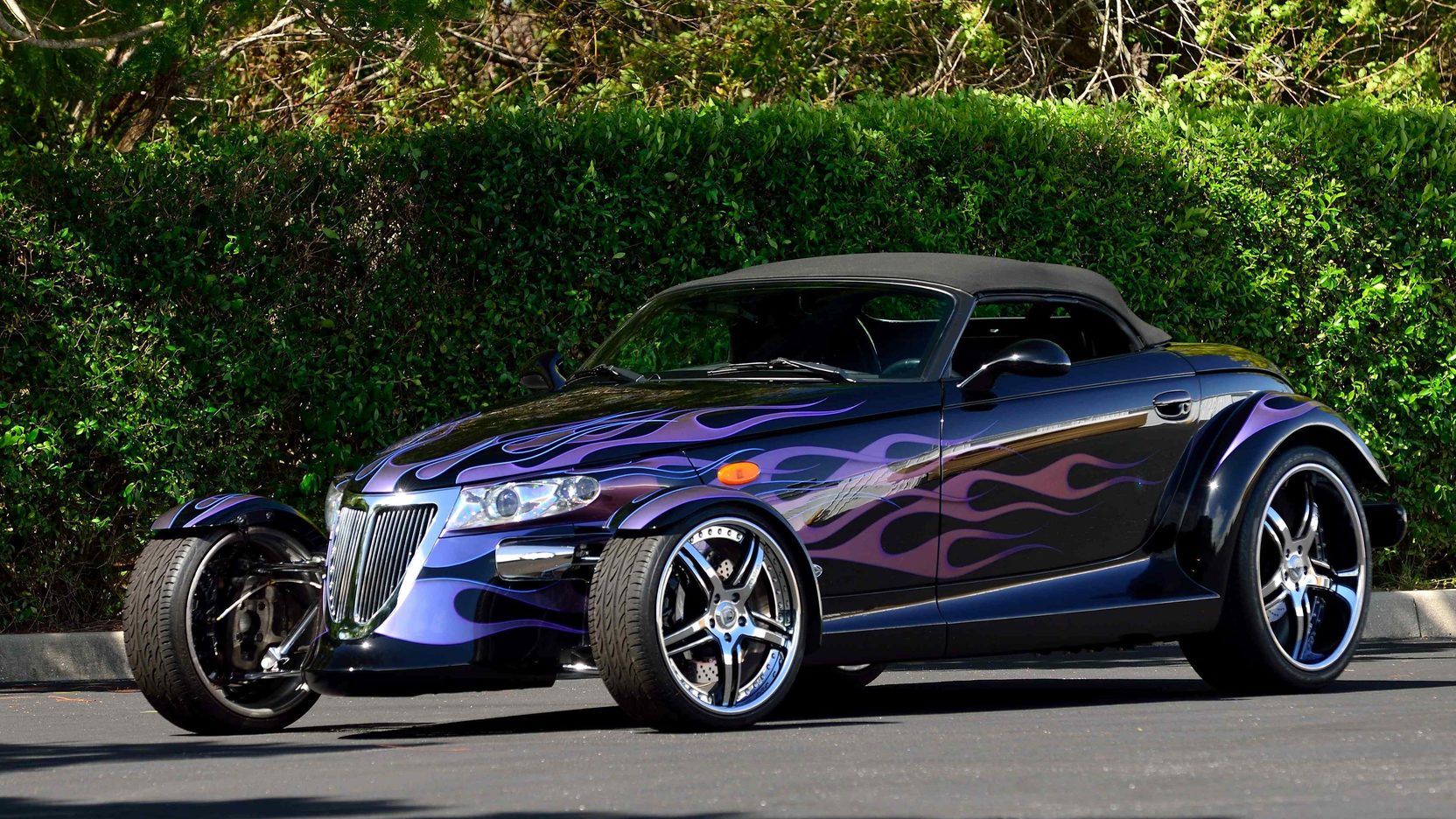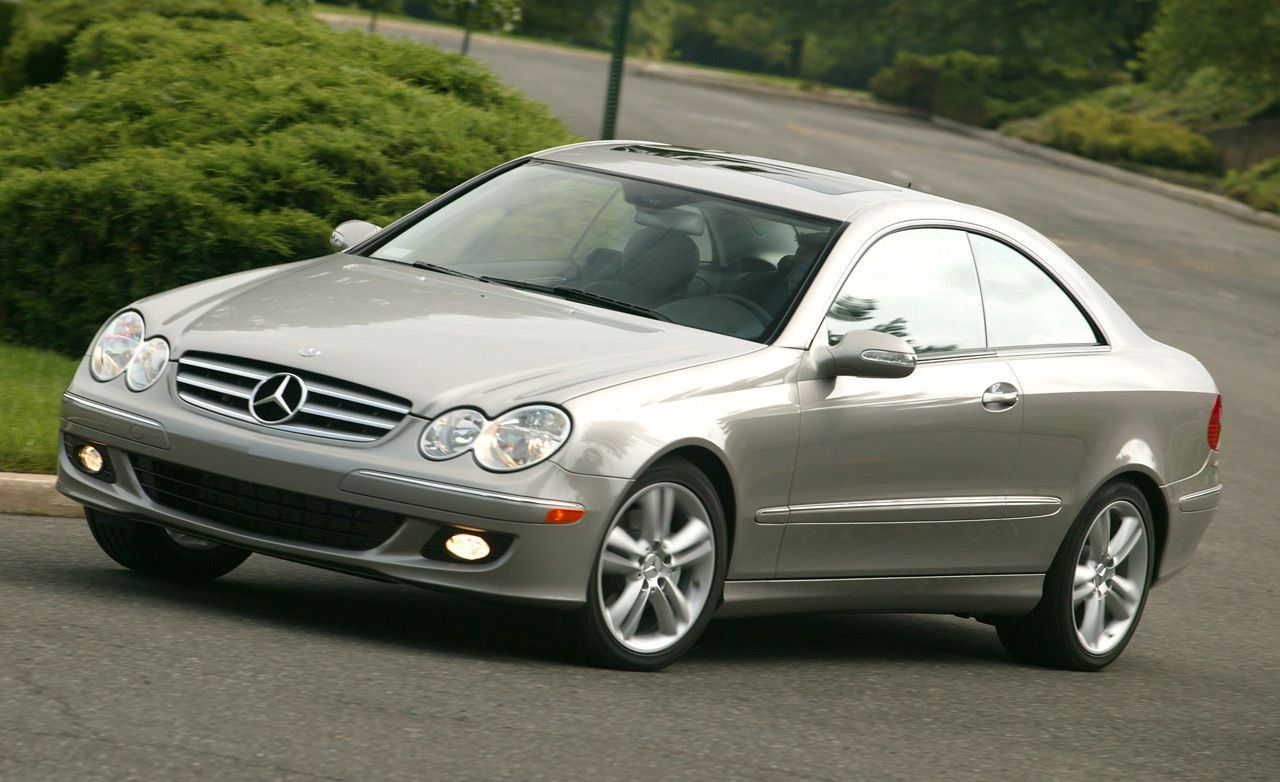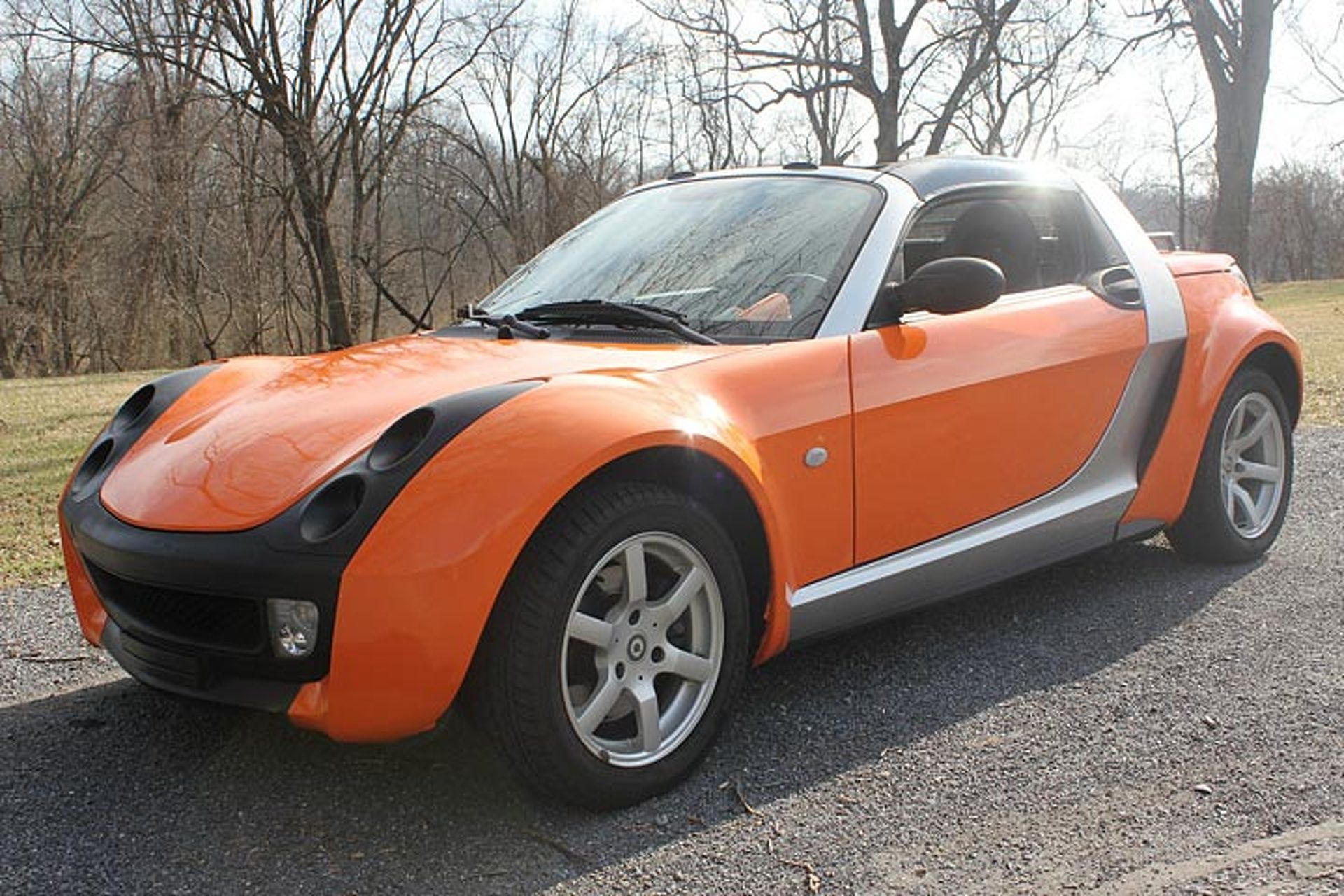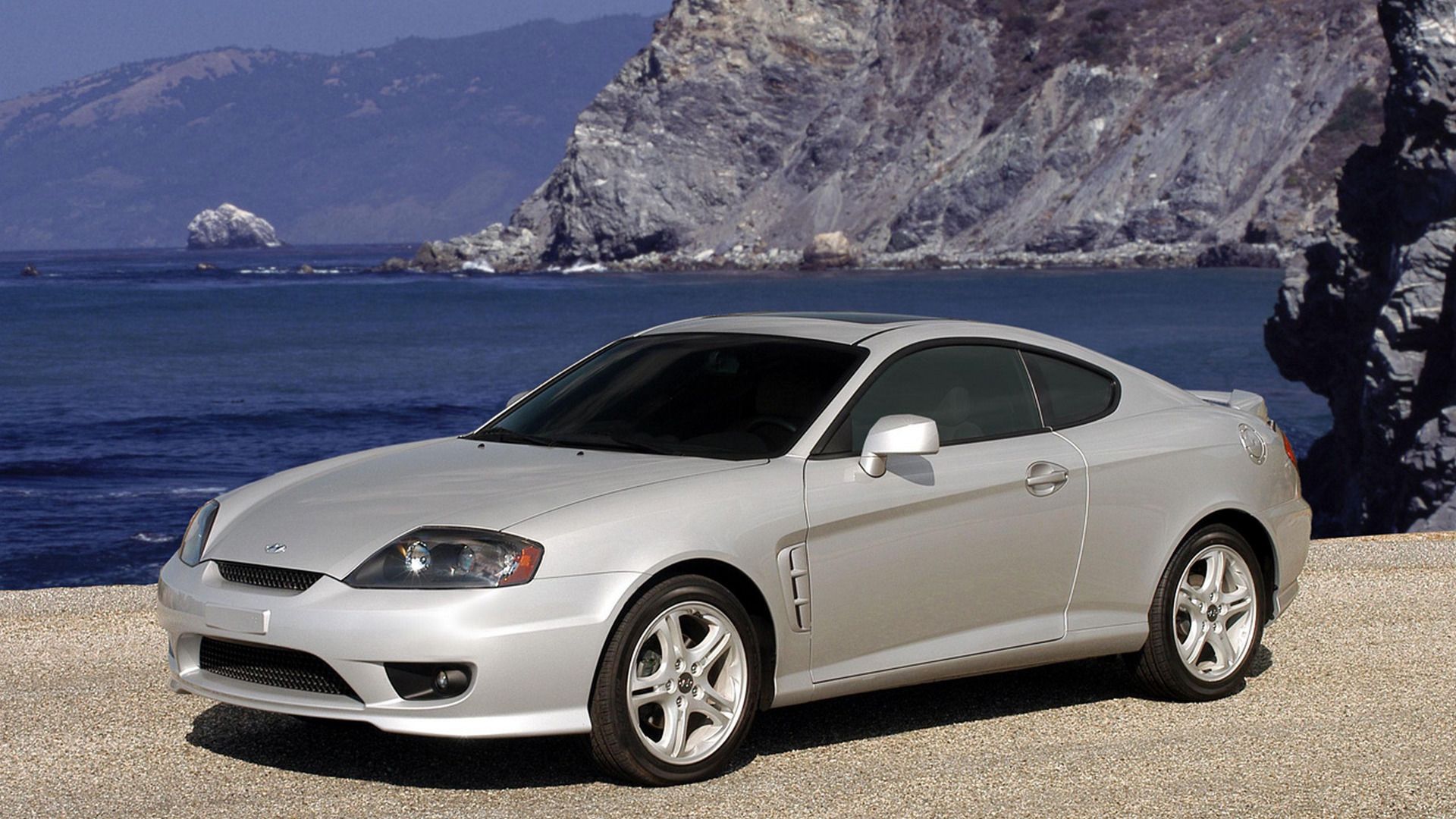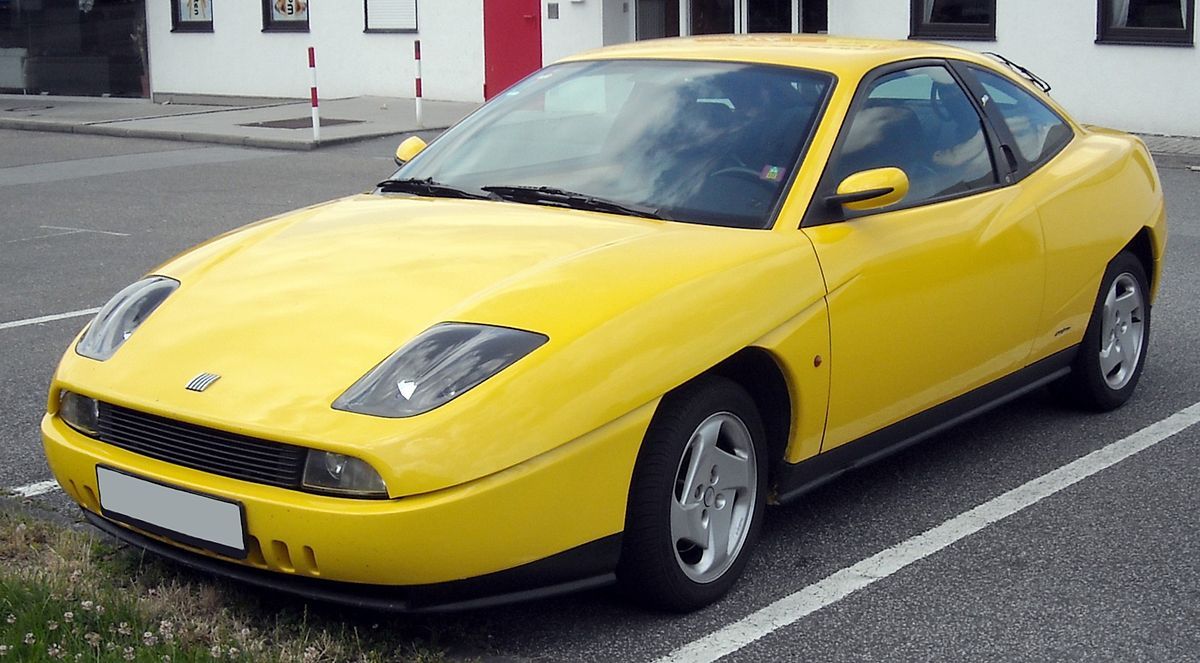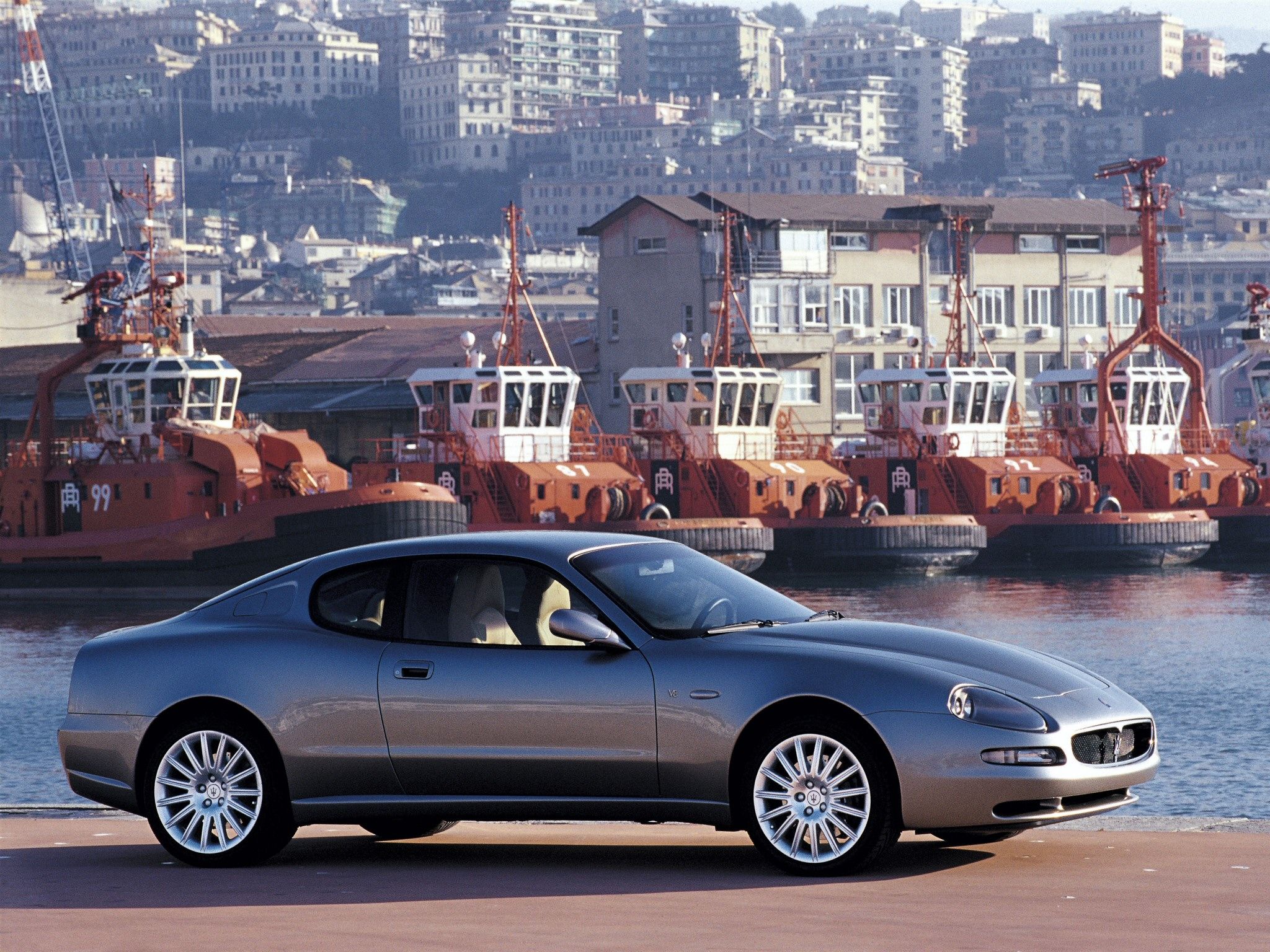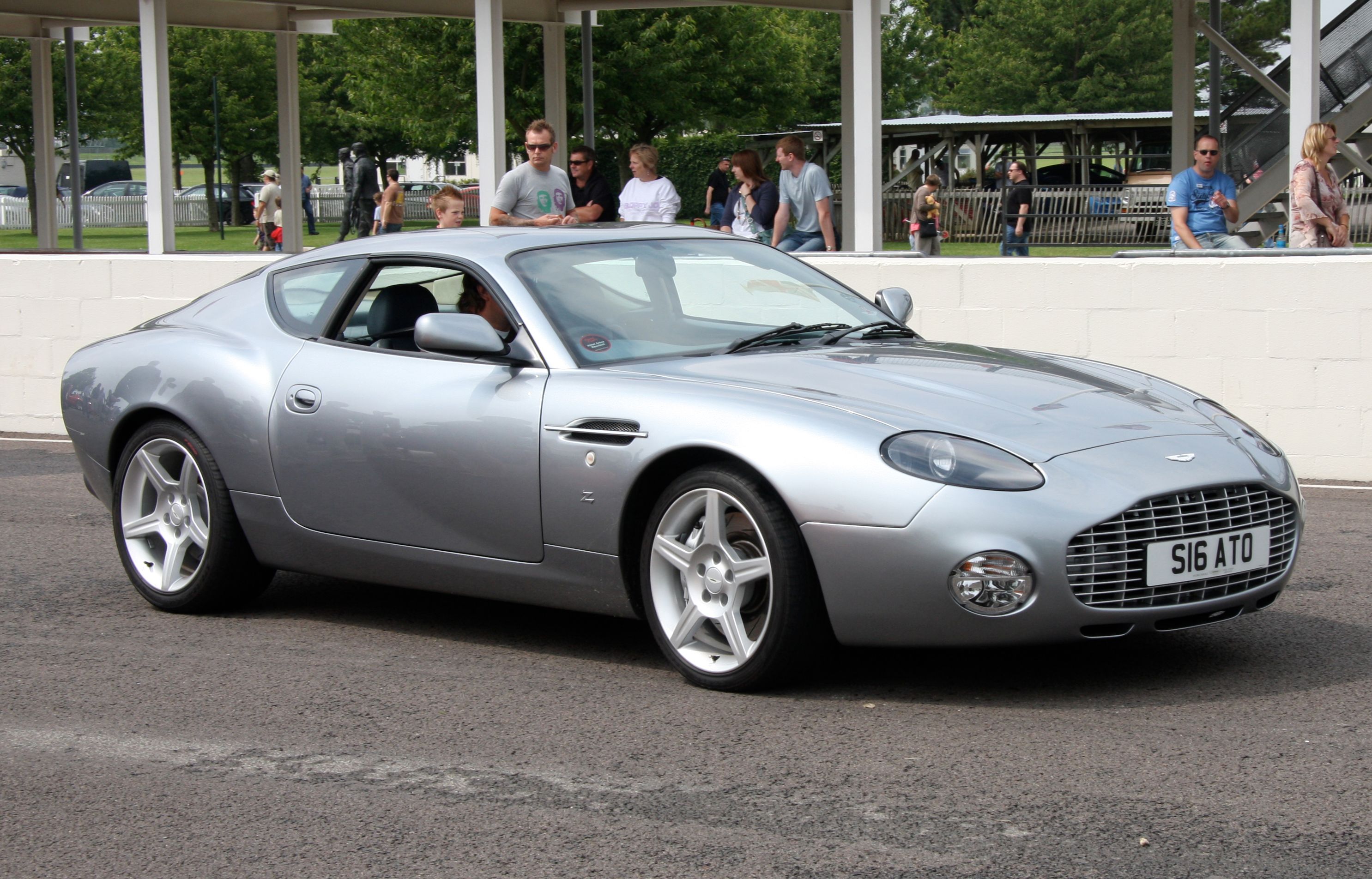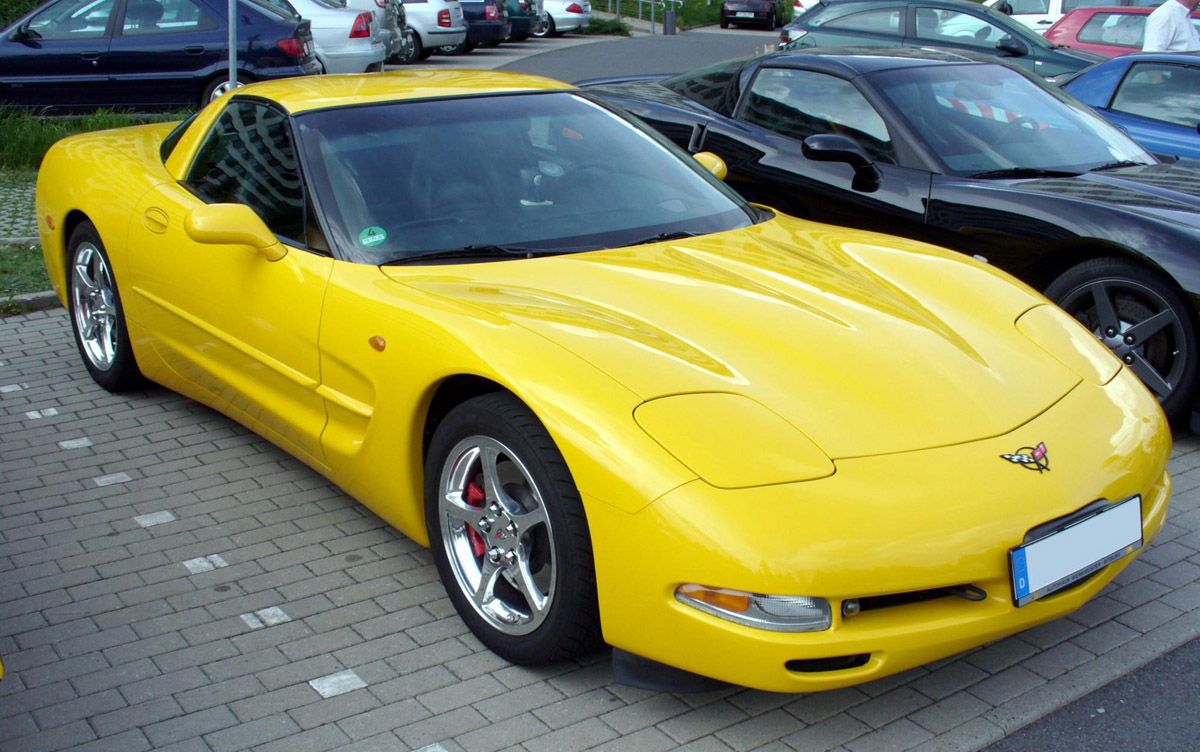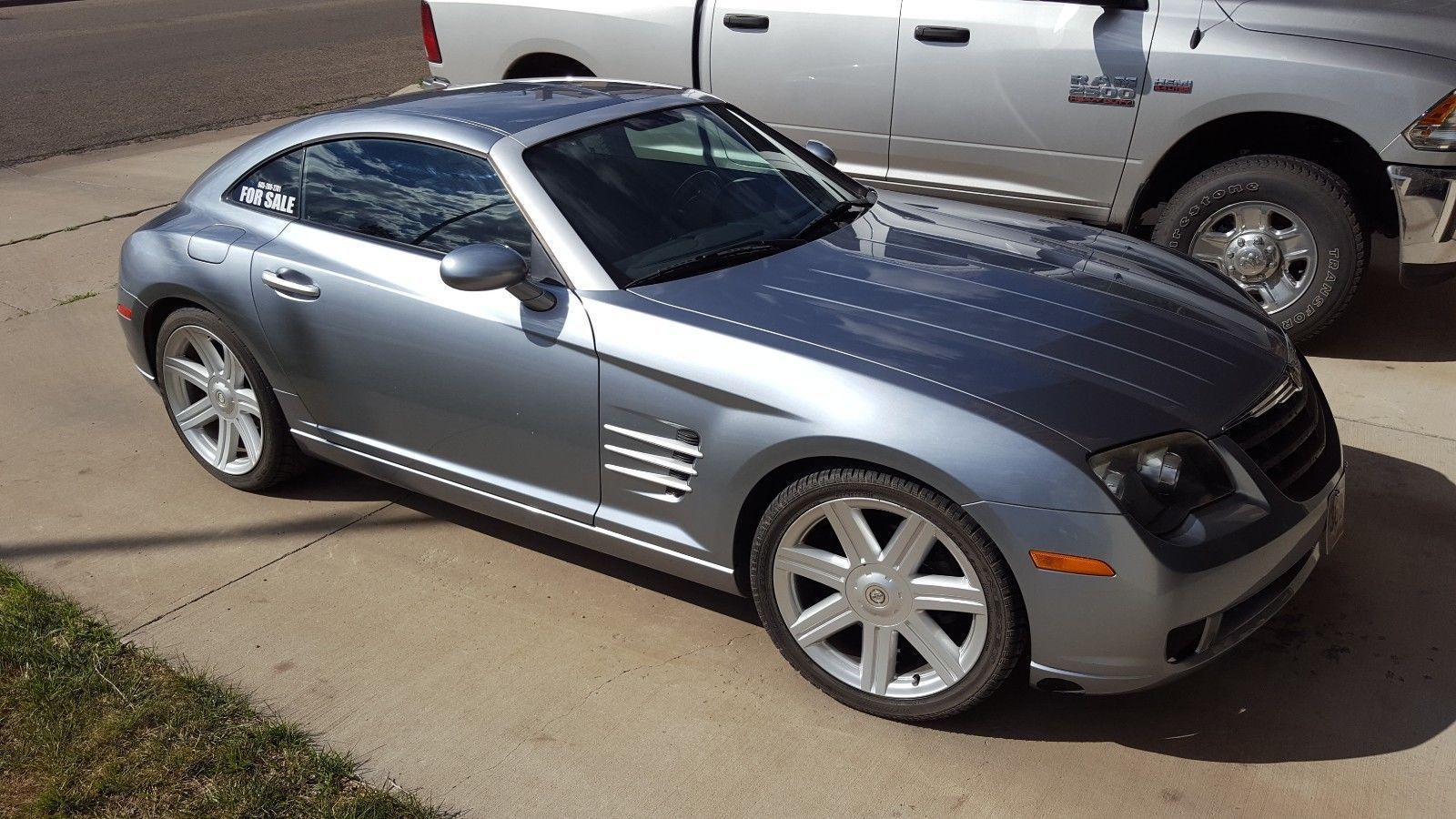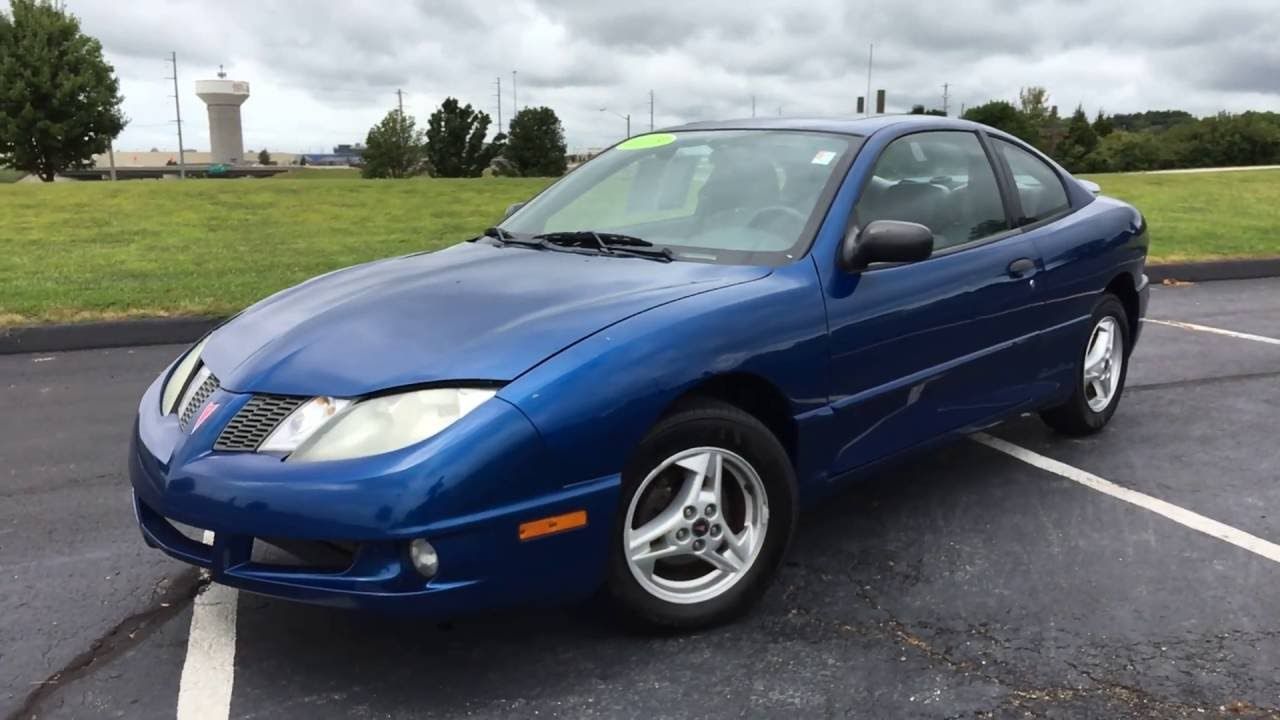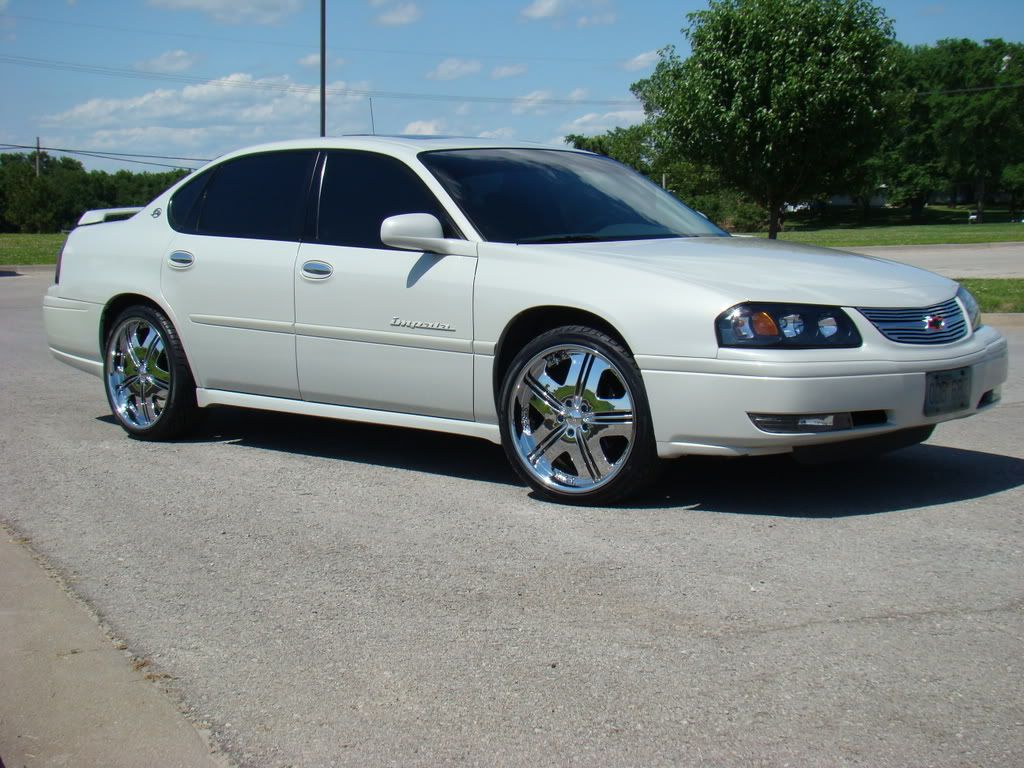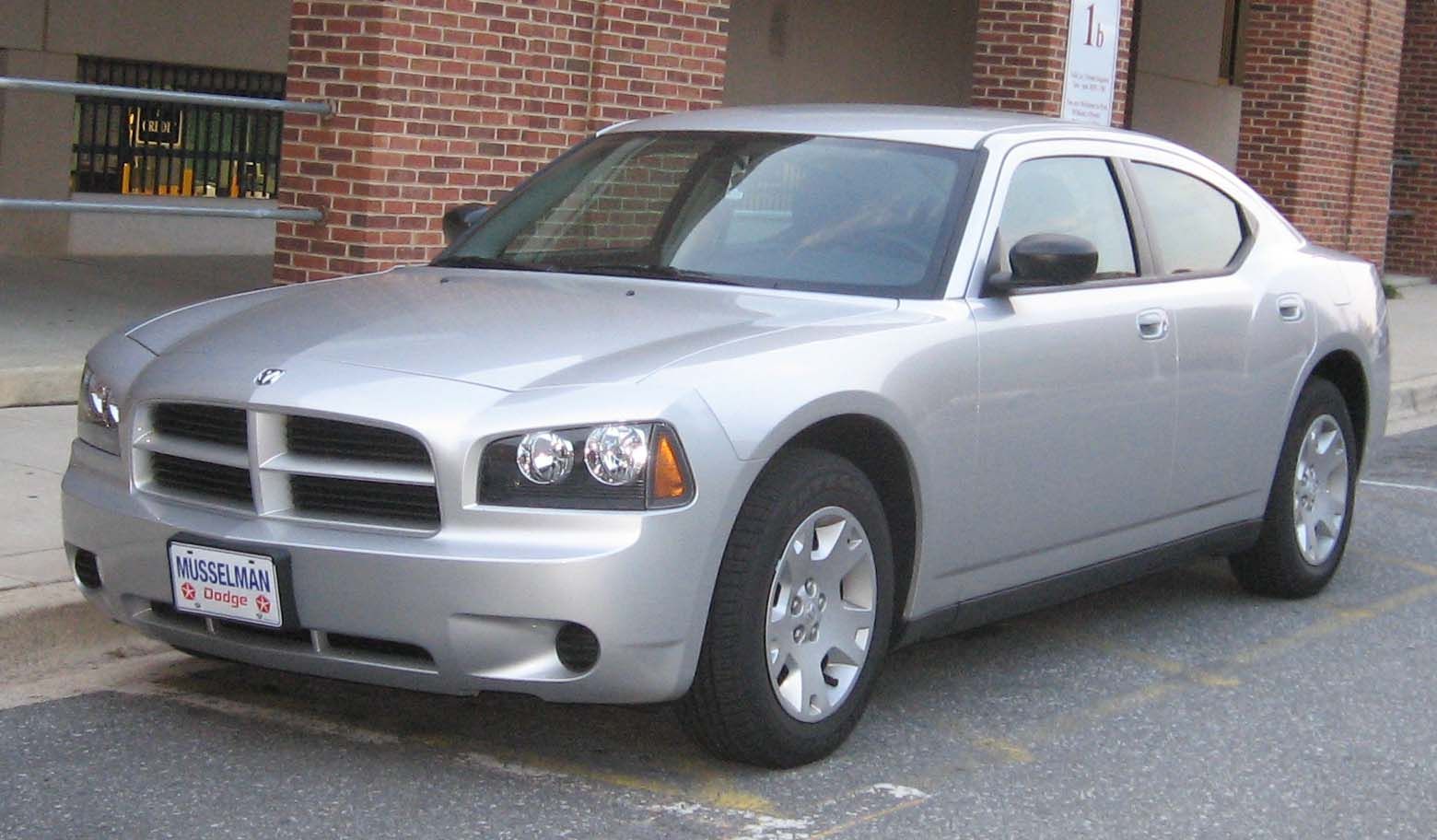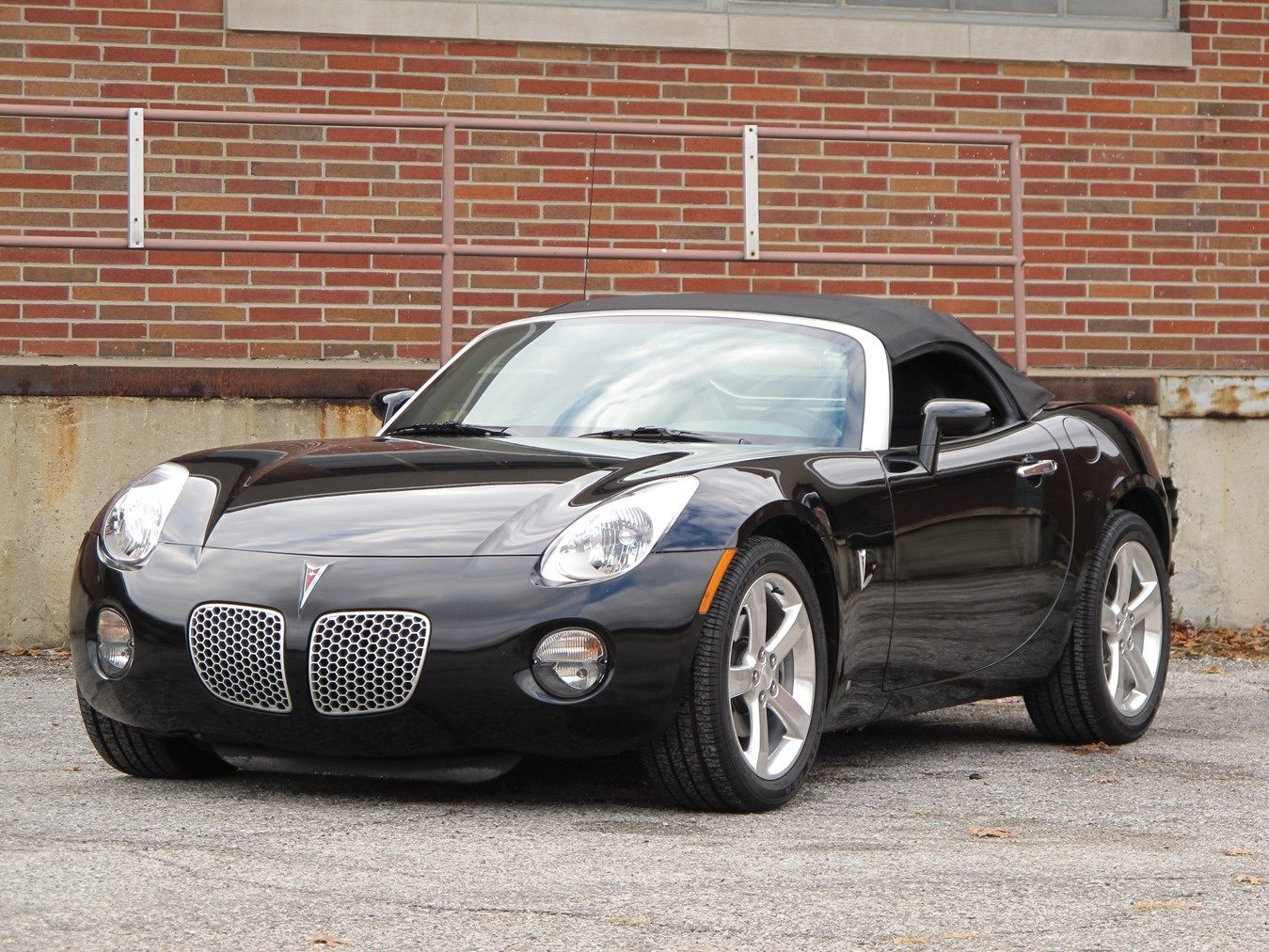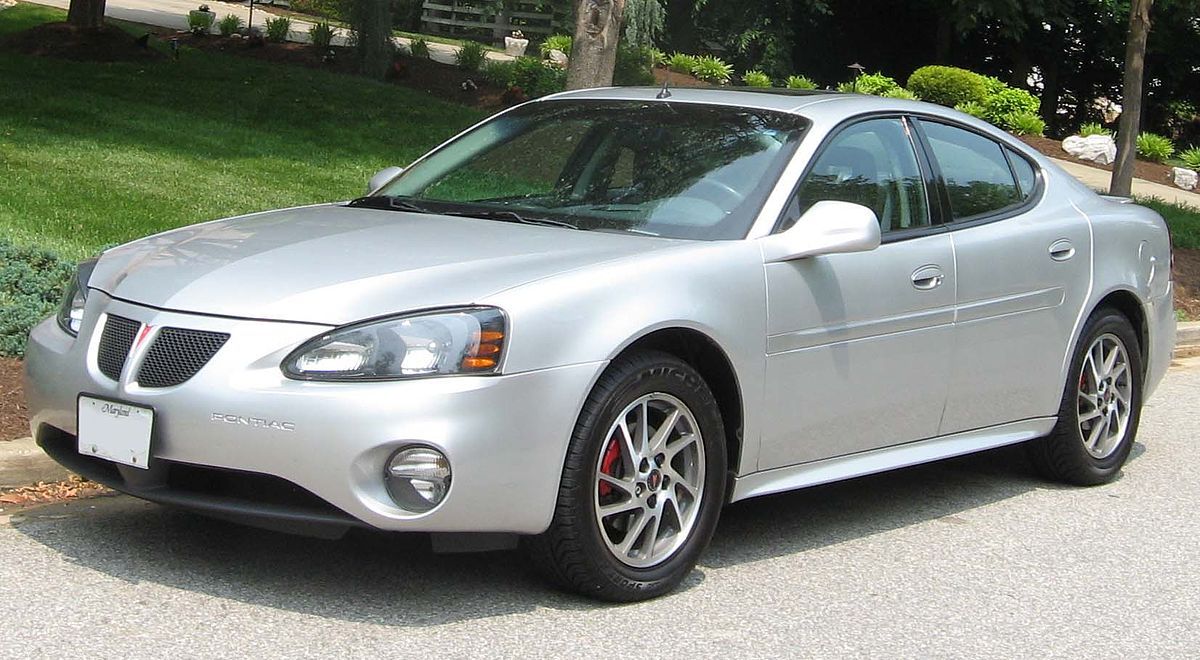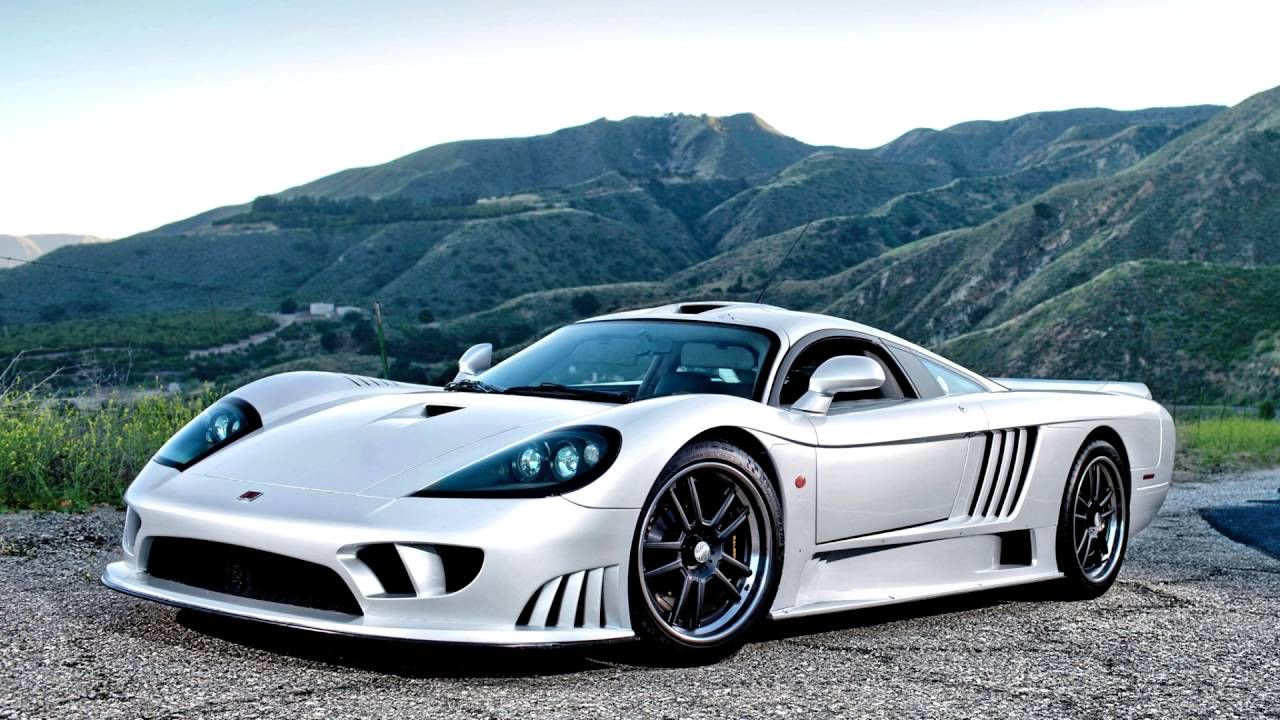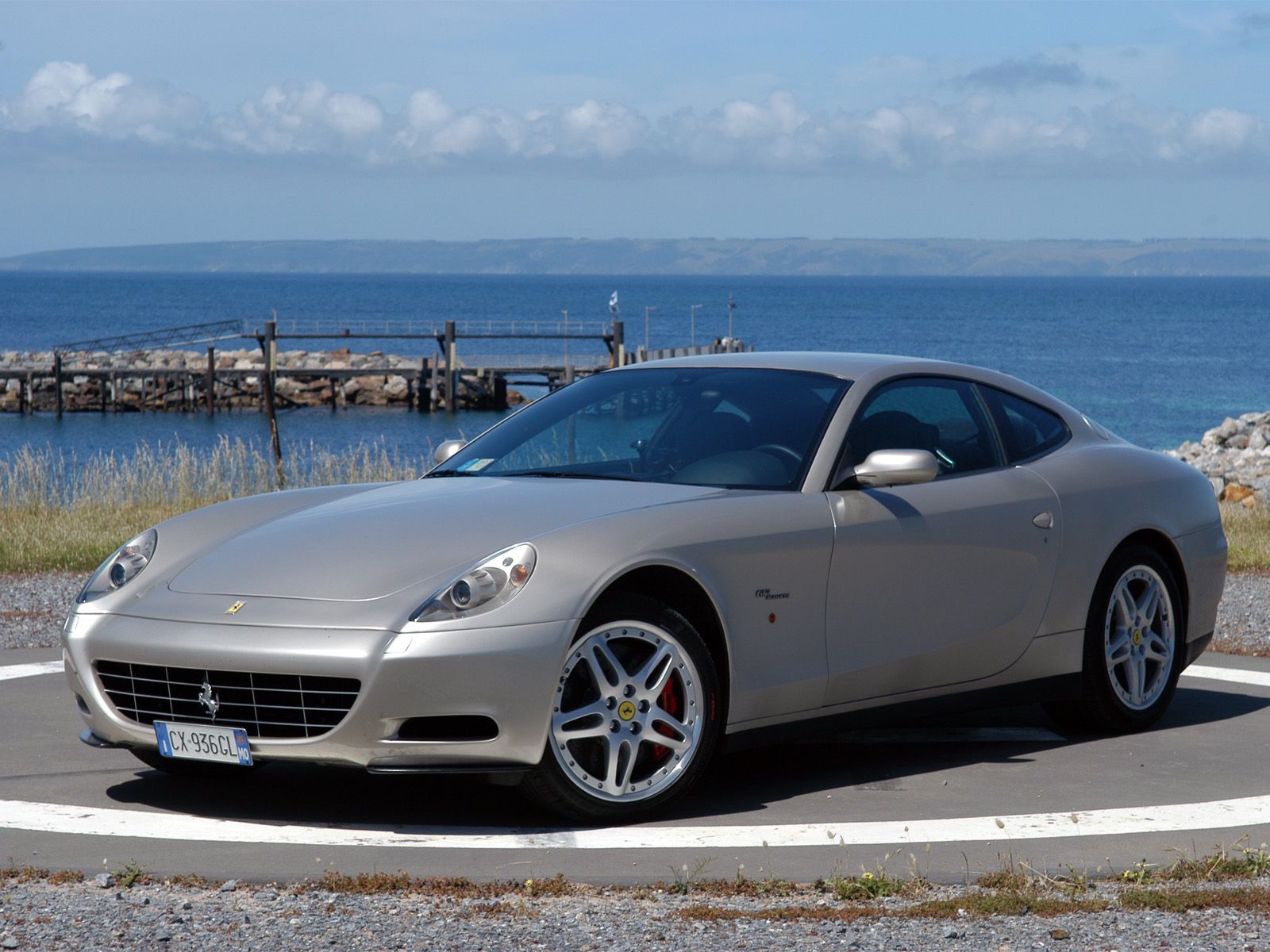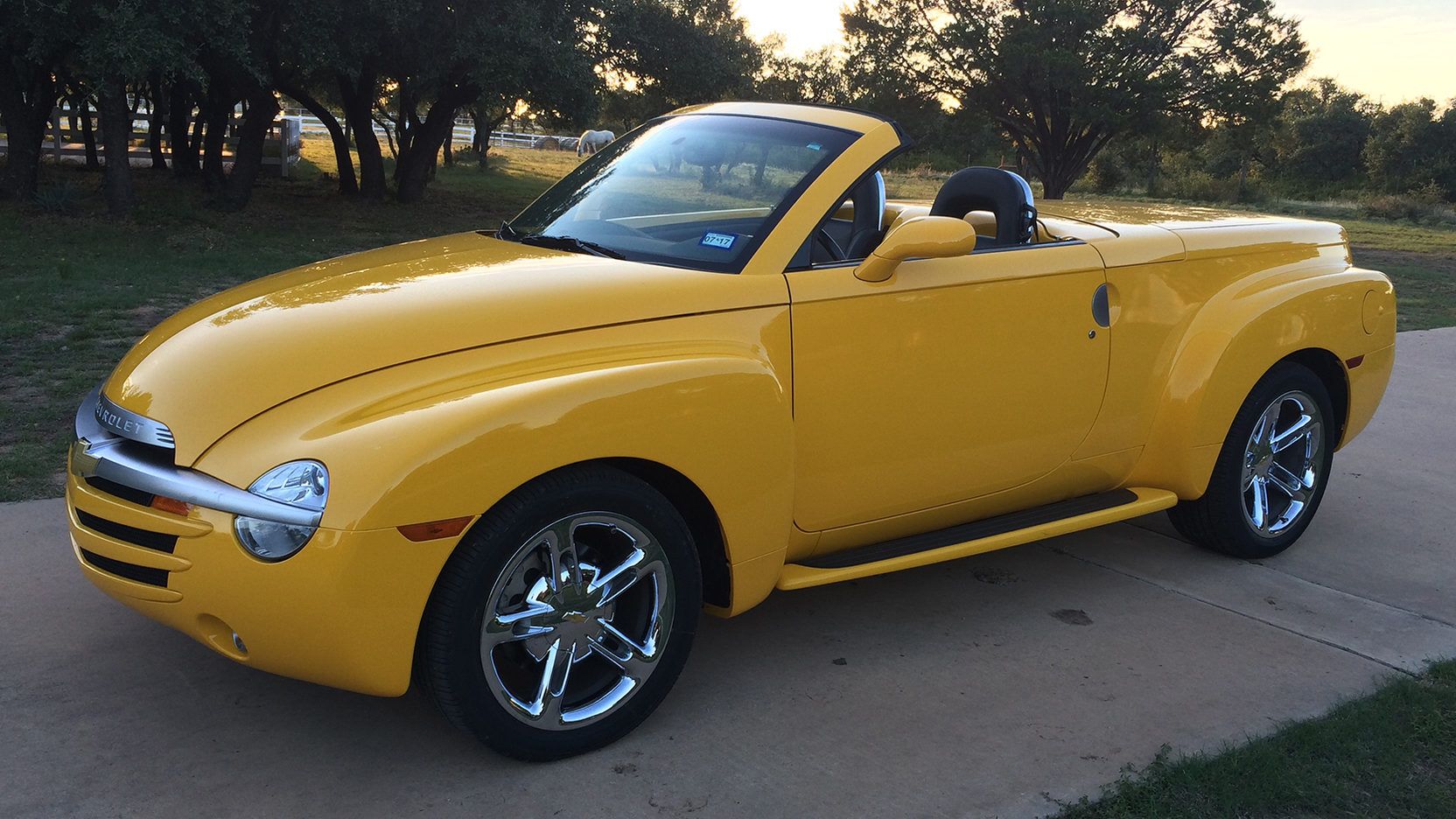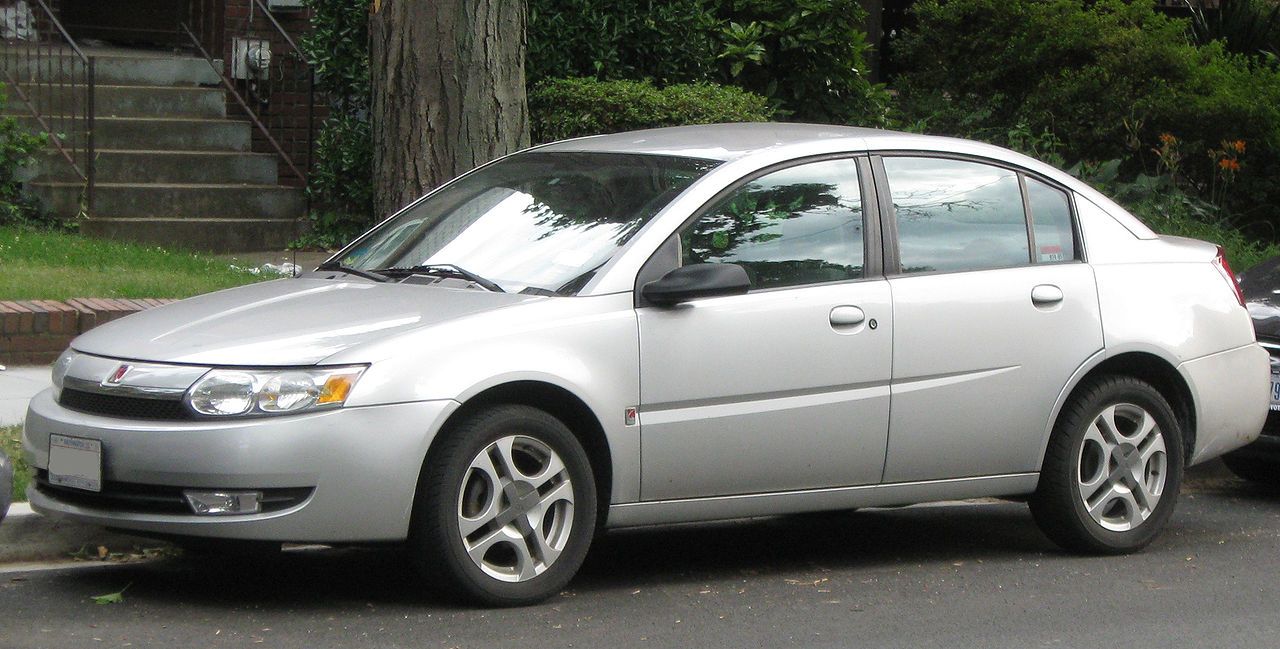The 2000s were a strange time for car companies and consumers alike. The rise of the internet gave way to a whole new way to do business, while technology was on the up and up. At the same time, it seemed like many automobile companies were simply trying too hard to do too much. There were some cool cars that came out at the turn of the century, no doubt, but for every stunning vehicle released, there were probably two or three crapshoots that should likely be forgotten and buried in car cemetery.
Many of the companies who came out with the worst sports cars of the 2000s are now defunct companies. Big surprise. When you consistently release terrible vehicles, the chances of your company staying alive are not very high. Companies like Saturn, Pontiac, and Plymouth are nostalgic for some, but best forgotten by most. Although some of their failures weren’t the car company’s faults—when the American car industry tanked in the late 2000s, a lot of companies never made it above the surface. And the companies that didn’t survive are the ones that weren’t able to compete.
Other companies on this list you might not expect: Ferrari, Audi, Mercedes-Benz, Aston Martin, Maserati.. the list goes on. Usually, you can depend on these companies to give you something awesome, but no one’s perfect, and everyone makes blunders and bad decisions.
Here are 20 sports cars from the 2000s that you don’t need to bother driving.
20 Cadillac XLR
Motor1.com explains the Cadillac XLR thus: “You can’t be indifferent—you either love it or hate it.” The XLR is a luxury roadster that was produced between 2004 and 2009, based on the Chevrolet Corvette’s Y platform, of all things. It has its own unique styling, interior, and suspension, as well as a Cadillac Northstar V8 engine. As far as good qualities, it was the pinnacle of Cadillac’s portfolio at the time, equipped with heated and cooled seats, a remote keyless access, navigation system, a seven-inch screen, DVD player—all of that came standard.
But seeing as it was based off the Corvette, it didn’t drive like one. It was a lot bigger and a lot slower. And when you’re asking $111,000 (much more than a standard Corvette) for the top-range XLR-V model, it should be really, really fast. The flagship XLR used the same supercharged V8 as the Cadillac STS-V, but for some reason, the sedan was more powerful than the roadster, and faster on the quarter-mile drag strip. It weighs over 500 pounds heavier than the Corvette, no thanks to its retractable hardtop made of aluminum. So when you have a car that is completely based off another car, in this case the Corvette, but it doesn’t compete up to standards, that’s a problem.
19 Audi TT
The Audi TT was a really cool looking 2-door sports car from Volkswagen, built between 1998 to the present, through three different generations. This listing focuses on the first generation model. Motor1.com says the TT was “arguably the sexiest thing to come from Volkswagen Group in the late 1990s. But it was awful on the road.” The first generation was produced between 1998 and 2006. It used a front, transverse engine, either a 1.8-liter turbocharged four-cylinder unit or a 3.2-liter naturally aspirated V6.
Shortly after the TT was launched, it received a lot of attention from the press, but not for good reasons.
A series of high-speed accidents and fatalities were reported, many occurring during lane changes in excess of 110 mph. This forced the German manufacturer to recall late-1999 and early-2000 coupe and roadster models, in order to significantly improve stability and predictability of the car at high speeds. Improvements were added, including an updated ESP and a new rear spoiler and suspension, but those weren’t the only problems. The car also had electrical problems like faulty instrument clusters and power windows, so much so that a lawsuit against the brand was filed in 2008, to which Audi reached a settlement to fix all defective dashboards. Another 2007 lawsuit related to the timing belts of the 1.8-liter engines.
18 Plymouth Prowler
This car should come as no surprise for placing on this list. The Plymouth Prowler was a “sports car” based on a 1993 concept of the same name—a retro-styled, two-seater that was produced between 1997 to 2002. It was built around an aluminum construction with a 3.5-liter SOCH V6 engine, giving it 214 hp, before being replaced in 1999 by a more powerful 253 hp motor. It was really a novelty project at the end of the 20th and start of the 21st century. As Motor1.com put it: “Plymouth’s swan song was off-key,” which is to say that shortly after 2001, the company closed and gave production of the car to Chrysler, who only manufactured it for another year.
It was not a beautiful car. It was inspired by a retro roadster design by the famous Chip Foose, planned as a modern-day hotrod, but that idea never really took off. A classic hotrod needs a V8 engine with more than 250 hp, and three pedals (a manual gearbox was never available for the Prowler). It was also not fun to drive and very impractical—the trunk was so small that Chrysler dealers offered a Prowler-based trailer with similar styling and wheels. That was an expensive $5,000 option, too, that no one really wanted.
17 Mercedes-Benz CLK-Class
The Mercedes-Benz CLK-Class of cars was a series of mid- to entry-level luxury coupes and convertibles available between 1997 and 2010. Its design and styling were based off the E-Class, those the mechanical underpinnings were closer to that of the smaller C-Class. The first generation, in particular (1997-2003), is what we’re focusing on here. Mercedes promised the car as part of the E-Class family, but its small engines (136 hp and 197 hp) never really performed up to par. The CLK 320 was eventually introduced with a V6 3.2-liter engine.
The first generation CLK was not the worst sports car on the market, but the problem is that the car delivered less than promised.
The car had the familiar four-headlight front end, first seen on the new E-Class, and similar taillights, but the architecture was taken from the cheaper, smaller C-Class. So customers thought they were paying for an E-Class Coupe, but they were really paying for a C-Class Coupe. The four-cylinder, naturally aspirated engine also left something to be desired: a 0-62 mph acceleration time of 11.0 seconds was totally unacceptable. The car also had some annoying electrical problems that shouldn’t have existed, from the complicated wiper mechanism to defective heated/cooled seats, to bad power windows.
16 Smart Roadster
The Smart Roadster was the only attempt by Smart to create a sports car. It was developed in two versions: Roadster Coupe, and Roadster, and both featured two doors, two seats, and a retractable roof. The car only lasted from 2003 to 2006 and ended up being a financial disaster for Daimler, even though the last remaining one built now resides in the Mercedes-Benz Museum for posterity. The Roadster was based on a stretched platform of the first-generation Smart ForTwo (another terrible car), powered by a 0.7-liter turbo engine that gave it only 61 hp or 82 hp.
People complained that it was a nice little sports car, but actually too small. It was significantly smaller than the Mazda MX-5 Miata, which is about as small as a sports car should get.
It was also priced nearly the same as the Miata, making it less desirable. The Roadster Coupe had two trunks, but they were both tiny. The car had pretty good handling despite the tiny 15-inch wheels and good brakes, but that was it. The car was painfully slow, needing almost 11 seconds to reach 62 mph in even the most powerful variant. Its top speed was only 109 mph, too, which should be expected from a three-cylinder engine the size of a backpack.
15 Hyundai Tiburon
The Hyundai Tiburon was a sports coupe that was produced between 1996 and 2008, over two generations that gave it periodic facelifts. The facelifts were an attempt to keep the car up to date with safety improvements and exterior/interior styling, so you can already tell it didn’t do well right off the bat. The Tiburon was powered either by a 1.6-, 2.0-, or 2.7-liter engine, depending on the market, and ranged from 105 to 172 horsepower. It was offered in the United States with side airbags, 16-inch wheels, and anti-lock brakes standard.
During the time the Tiburon was released, Hyundai was still trying to find their proverbial wings. They hadn’t yet started to build reliable, beautiful, high-tech cars—that would come later. The Tiburon was the brand’s first attempt to create a global sports car, and the effort fell flat. It was far behind the really good sports cars of the day. First, its acceleration was poor: even with the most powerful 2.7-liter V6 engine, it took over 7 seconds to reach 62 mph from a standstill. But the main problem was that the car was noisy, junky, and had lifeless handling. It’s also listed number 8 in America’s deadliest cars, with nearly 100 recorded fatalities per million registrations.
14 Fiat Coupe
Motor1.com put the problem with the Fiat Coupe like this: “Too many problems with build quality and mechanical parts ruined the ownership of a true Italian sports coupe.” The Fiat Coupe was manufactured by Pininfarina from 1993 to 2000, with a total of 72,762 units delivered to customers. It was based on a stretched version of the Tipo 2 platform, using four- and five-cylinder engines.
Six different units were available, with power ranging from 131 hp to 220 hp. The most powerful version needed 6.3 seconds to hit 62 mph from a standstill, which isn’t terrible but isn’t great, either.
The Coupe was pretty fast in most of its variants, as a true Italian sports car should be, and it was very fast on corners thanks to its precise handling. It had a top speed of 155 mph for the range-topping 2.0-liter turbocharged unit. But overall it was a boring car: the inside was okay since the layout was designed by Pininfarina, but the exterior was designed by Chris Bangle, who also made some of the most controversial models of the BMWs early 2000s. It had bland headlights, a short rear overhang, weird 3D stripes around the wheel arches. The car also had poor reliability, as the 1.8-liter and 2.0-liter engines weren’t durable, and the more powerful engines were a nightmare. Defective electronics were normal, as well as problematic turbos.
13 Maserati Coupe
The Maserati Coupe was a car that was a bit derivative during its manufacturing, from 2001 to 2007. It looked like a lot of other big, ugly coupes from the era. It was eventually replaced by the GranTurismo, after giving itself and Maserati a bad name. The car was designed by Giorgetto Giugiaro of ItalDesign, who also designed the Maserati Ghibli and the 1971 supercar Maserati Bora, but this was not one of his winners. Being based heavily on the 3200 GT, which was only sold in Europe, the Coupe is often referred to as the 4200 GT.
The main problem with this car was its horrible reputation for poor quality (and catching fire)—a problem that plagued Maseratis sold in the U.S. between the ‘80s and ‘90s. The car had very poor structural rigidity, according to PopularMechanics.com, while it should have been lightyears ahead of the 1980s and 1990s Biturbos before it. As a result, the 2001-2007 Maserati Coupe depreciated very badly. Starting at $85,000, early 2000s models now regularly go for $25,000 or less, even though it has a Ferrari-powered engine under the hood. So despite its 4.2-liter V8, Ferrari-sourced engine that produced 350 hp, it’s probably best to stay away from this one.
12 Aston Martin DB7
The Aston Martin DB7 was a grand tourer that was produced between 1994 and 2004, available as either a coupe or a convertible. The six-cylinder DB7 was based on the Jaguar non-supercharged AJ6 and positioned as an “entry-level” model below the hand-built V8 Virage models. So right from the bat, you knew you were getting something cheaper than the Virage, which didn’t instill much confidence in buyers. As a result, only 7,000 were built during its 10-year run, before it was replaced by the DB9.
The Aston Martin DB series of cars are best known for being James Bond’s gorgeous, powerful cars of choice. Unfortunately, the DB7 was the first model built after Ford bought Aston Martin in the early 1990s. The car is still quite attractive, with its V6 or V12 engines, but it was much less exclusive than the hand-built cars because of its mass-production quality, thanks to Ford. Its design was often confused with a Jaguar XK8 of the same era, though this car cost anywhere from $160,000 to $200,000 when new, and it also depreciated in a bad way. You can now find a 2001 DB7 V12 Coupe with low mileage for just around $32,000, which is the price of a new Ford Mustang GT.
11 Chevrolet Corvette C5
The Chevrolet Corvette C5 is considered the last generation of ‘Vette before the company found their stride and started creating great sports cars again. It was the last generation with the ugly pop-up headlights, and by the turn of the century, the car was pretty much outdated. It was built between 1997 and 2004, but only until 2001 did the car suck. It’s part of one of the most well known, longest-lasting car brands in American history. The car was powered by a 5.7-liter V8 engine which gave it 345 hp. The 4L60-E automatic transmission carried over from previous models, and the car had a top speed of 175 mph.
Unfortunately, it had to compete with turn-of-the-century sports cars like Chrysler Corporation’s all-new 500 bhp Dodge Viper, and Ford’s 500-bhp supercharged V8 GT.
In 2001, however, Chevy finally delivered a car for “pure performance”—the Z06 Corvette, which gave the car more power and stickier handling. The performance upgrades to the car gave it 405 hp, and an acceleration time from 0-60 mph in 3.9 seconds, as well as 12.4 seconds in the quarter mile. So while the 1997-2000 Corvette left something to be desired, the 2001 Z06 gave ‘Vette fans something to cheer about again, as it got right back into the competition.
10 Chrysler Crossfire
The Chrysler Crossfire was a rear-wheel drive two-seater that was sold between 2004 and 2008. It was built by Karmann of Germany but sold by Chrysler, as a union of Daimler and Chrysler. It’s based on the Mercedes-Benz R170 platform, sharing 80% of the components of the first generation SLK, but sharing almost none of the former car’s appeal. The car was developed initially as a concept car in 2001 by Eric Stoddard, before being refined by Andrew Dyson in 2003 before production began in 2004.
As Jeremy Clarkson of Top Gear put it, the Crossfire was “A half-decent concept that failed to make the grade in the real world—a polite way of saying it looked like a dog taking a dump.” It was also criticized by Top Gear for being a “first-gen Merc SLK underneath [that was] outdated before it was even launched. The ultimate triumph of style over content, only without the style. Or much content.” It placed #13 in Top Gear Magazine’s “13 Worst Cars of the Last 20 Years” list. It’s a shame that it got such horrid reviews from people who hold so much clout in the industry worldwide because it looks pretty nice . . . however we’ll take the experts’ opinion on this one and stay far away.
9 Pontiac Sunfire
The Pontiac Sunfire was a particularly ugly car introduced in 1995 by Pontiac, to replace the Sunbird. It had dramatic style changes from its predecessor, almost all of which were criticized heavily, and shared a redesign with the Chevrolet Cavalier. The J platform in which it was upgraded to was made to make the car more structurally sound for stringent safety standards that were introduced in 1996. The car was powered either by a 2.2-, 2.3-, or 2.4-liter I4 engine that produced between 120 and 140 hp. It was given a “Poor” rating on the IIHS frontal crash test, including a 1/5 stars for “Side Driver,” 2/5 for “Side Rear Passenger,” and not a single 5/5. Basically, if you’re a passenger in this car, you’re going to die, no question about it.
It was ranked #6 on Newsday.com’s “Worst Cars of the 2000s,” and they claimed it “managed the rare feat of having a worse interior than its GM twin, the Chevy Cavalier. Cheap interior plastics run amok, a coarse four-cylinder engine and horrendous crash-test ratings sealed its fate.” The “Sunburn,” as they call it, was probably responsible for thousands of rental-car upgrades, Newsday.com joked. The car was eventually discontinued in 2005.
8 Chevrolet Impala SS
The Chevrolet Impala was a full-size car built between a long stretch, from 1958-1985, then again from 1994-96, and finally from 2000 to the present. The car we’re focusing on here is part of the eighth generation, from 2000 to 2005, and particularly the 2004-2005 model. The Impala was a huge deal when it was released, and became the best-selling automobile in the United States through 1965. It was also Chevy’s most expensive model.
Then the Impala SS came out in 1994 and it was awesome. It was based on the Caprice, featured a cool styling and a Corvette 5.7-liter LT1 V8 engine.
Then it was discontinued in 1996 and Chevy replaced it with a front-wheel-drive platform, effectively making it into a redesigned Lumina with very little to offer. It couldn’t stack up against other mid-sized cars on the market, even with its supercharged V6 engine. And it definitely couldn’t measure up to the previous Impala SS, making this car lose all its nameplate’s street cred in a matter of a few short years. It would eventually pick back up, marginally, starting with the 2006 ninth generation, but it would forever be a lackluster mid-sized car from here on out.
7 Dodge Charger SE
The Dodge Charger is a very popular car that was first introduced by Dodge in 1964. Since then, it’s been built on three different platforms and sizes: as subcompact hatchbacks, full-sized sedans, and personal luxury coupes. It’s lived through seven generations, but the 2006-2010 sixth generation “LX” is considered the worst of the bunch. It was reintroduced as a new mold, the first change in the car in 19 years. The basic SE model shown here used a 2.7-liter V6 engine, 17-inch wheels, all-speed traction control, and electronic stability control.
But this was a car that was born a muscle car. And it had completely deviated from its roots. The introduction of the 2006 Charger saw mixed reviews: some people loved the new styling, which was aggressive and new for the mid-2000s, while others thought a four-door Charger was the work of Satan. The high-performance model could stand out, but the basic “rental-spec” SE didn’t do well against the crowd at all. It had a weak engine compared to the R/T model’s powerful Hemi V8s, and was given only 190 lethargic horsepower through a bad four-speed automatic transmission. With such a bad powertrain, many believe the Charger didn’t deserve its nameplate.
6 Pontiac Solstice
Poor Pontiac. They’ve managed to get two of the cars on our list of 20, and they aren’t even a car company anymore (defunct in 2010). The Pontiac Solstice has the embarrassing accolade of placing at #100 on Edmunds.com’s “100 Worst Cars of All Time” list. The Solstice was an interesting looking sports car produced between 2006 and 2010, through two generations. The car we’re focusing here is the first-year model, from 2006. It was initially powered by a 2.4-liter naturally aspirated I4 engine, producing 177 hp.
Funnily enough, it was awarded the North American Car of the Year award and Design of the Year award by Automobile Journalists Association of Canada for 2006. But what do they know?
In hindsight, that might have been a mistake. As Edmunds.com put it: “Star-crossed idea executed with parts bin technology. A ridiculous top, goofy cockpit and a trunk taxed by a single T-shirt. It was supposed to save Pontiac. Instead, this overweight, underpowered, crudely engineered P.O.S. helped kill it.” Ouch—that review could have gone a bit better, we think. Some people may really like the car’s styling, but others do not. It was given generally favorable reviews upon release by places like AutoWeek.com, MotorTrend.com, and Car and Driver Magazine, but we don’t take much credence with those 13-year-old articles now.
5 Pontiac Grand Prix GXP
Poor Pontiac, again. We’re not quite done with them. The Grand Prix was a line of cars produced by GM’s Pontiac Division from 1962 to 2008. It was first introduced as a full-size car, but changed in size, luxury, and performance over its long lifespan. The car we’re focusing on here was from 2005, the seventh and last generation of the Grand Prix. The Grand Prix GXP was given a new LS4 V8 engine with 5.3-liters of Displacement on Demand (active fuel management), and 303 hp. Edmunds.com placed this car at #95 on their “100 Worst Cars of All Time” list, even above the Solstice. Their review said “Shoving a 303-horsepower, 5.3-liter LS4 V8 into the front-drive Grand Prix was silly. Having front tires wider than the rears was just plain stupid.”
Though they gave it praise for its nimble handling and attractive gauges and easy-to-use controls, they slammed it for its build materials quality, tight backseat, noisy engine, and for not having enough storage or cup holders. Overall, the car still holds a pretty good rating from the company from consumers, but from the experts themselves? Not so much. Luckily for Pontiac, that’s the last they’ll hear from us on this particular list.
4 Saleen S7
The Saleen S7 is an American, hand-built, high-performance supercar that was developed jointly by Steve Saleen (initial concept and direction), Hidden Creek Industries (resources and initial funding), and Phil Frank (body and interior design). It was the first fully proprietary car from Saleen and America’s first mid-engined production supercar. The engine was a Ford 7.0-liter naturally aspirated OHV V8 that gave it 550 hp, which was boosted to a more powerful twin-turbo powerplant (and 750 hp) in 2005, which helped give it a top speed of 248 mph.
Despite the accolades of being the first American supercar, so to speak, Edmunds.com criticized it greatly and gave it #90 on its Top 100 list of worst cars ever (the 2000 model). They said that “With 550 hp onboard, theoretically it was awesome. But actually, it was fragile and just smelled like a kit car. Twin-turbo version came in 2005 at 750 hp with a $585,296 sticker.” We don’t think that high price tag was mentioned in order to be a compliment, either. Yes, this car was very expensive, but look at the supercars nowadays. Well, they’re also really expensive, but they’re also more powerful and not nearly as fragile. The 2000 Saleen S7 was ahead of its time in some ways, but way behind in others, lacking the technology to make this a mainstay in the supercar world.
3 Ferrari 612 Scaglietti
The Ferrari 612 Scaglietti might just be the plainest, most unimpressive Ferrari that Ferrari has ever Ferrari’d. It was designed in 2003 to replace the smaller 456 M—and its larger size made it a true four-seater with adequate space in the rear seat for adults. Whose bright idea was it to make Ferraris four-door family cars?! The design lasted from 2004 to 2010, and with its large side scallops and the headlights, it paid homage to the custom 1954 Ferrari 375 MM that director Robert Rossellini commissioned for his wife, Ingrid Bergman.
It places #89 (right under the Saleen S7) on Edmunds.com’s Top 100 worst cars list. They claimed it was a “big, blundering, bulbous four-seat Ferrari. The 5.7-liter V12 made 532 hp, but that wasn’t enough to pull off the ugly. More Buick than Ferrari.” And we tend to agree: this is not a pretty car, considering who made it. Somehow it could still reach 0-62 mph in 4.2 seconds and had a top speed of 198.8 mph, but that wasn’t enough to make this car desirable. Ferrari had to go back to the drawing board on this one, even though their next attempt, the Ferrari FF, wasn’t too great either (though it was definitely an improvement on the four-door Ferrari front).
2 Chevrolet SSR
The Chevrolet SSR cannot be considered a pickup truck or a sports car. Chevrolet tried to do both with this wacky invention, and they failed on both fronts. The “Super Sport Roadster” was a “retractable hardtop convertible pickup truck” that was produced between 2003 and 2006. It was a terrible idea from the get-go, and sales of the car reflected this. It sold under 9,000 units overall, way below expectations in 2004, at $42,000 each. It was built with a 390-hp LS2 V8 engine (also found in the C6 Corvette), but before that, it used a 5.3-liter 300-hp Vortex 5300 V8, which seriously hampered its power. It took 7.7 seconds to reach 0-60 mph in the 2003 SSR.
The car placed #60 on the worst cars of all time list by Edmunds.com. They called it “Spoiled by its ridiculously heavy retractable hardtop and underwhelming TrailBlazer chassis. It could have been great; instead it was grating.” That’s a shame, but what did Chevrolet really expect from a car that looked like this? The “retro” styled design of the car was inspired by Chevy’s late-1940s Advance Design trucks, but they clearly didn’t stick too close to the blueprint on this one.
1 Saturn ION
You’ll notice that this list has a lost of now-defunct companies claiming ownership of the worst sports cars from the 2000s. This isn’t an accident: a bad seller or poorly designed car can weigh heavily on a company’s bottom line, ultimately bankrupting said company. The Saturn ION is no different. It was a compact car sold by Saturn between 2003 and 2007, based on the GM Delta platform.
It replaced the 2002 Saturn S-Series and was replaced by the 2008 Saturn Astra, just two years before the company died. As of 2006, the ION was the longest compact car sold in North America.
It was ugly as both a sedan and a four-door quad coupe. This car managed to place all the way at #6 of Edmnunds.com’s worst 100 cars ever, which is quite a feat. It was “Shockingly incompetent to drive and with a stupid interior to match. Kick it and your foot could get stuck in the gaps between the plastic body panels. Easily the second worst car of the 21st century.” (The worst car of the 21st century, and in Edmunds’ opinion of ALL time, is the 2001 Pontiac Aztek.) Edmunds went on to say that its build quality was not up to segment standards, it had unusual styling, and a lack of established service and repair history.
Sources: Edmunds.com; TopGear.com; Motor1.com; NewsDay.com; PopularMechanics.com

